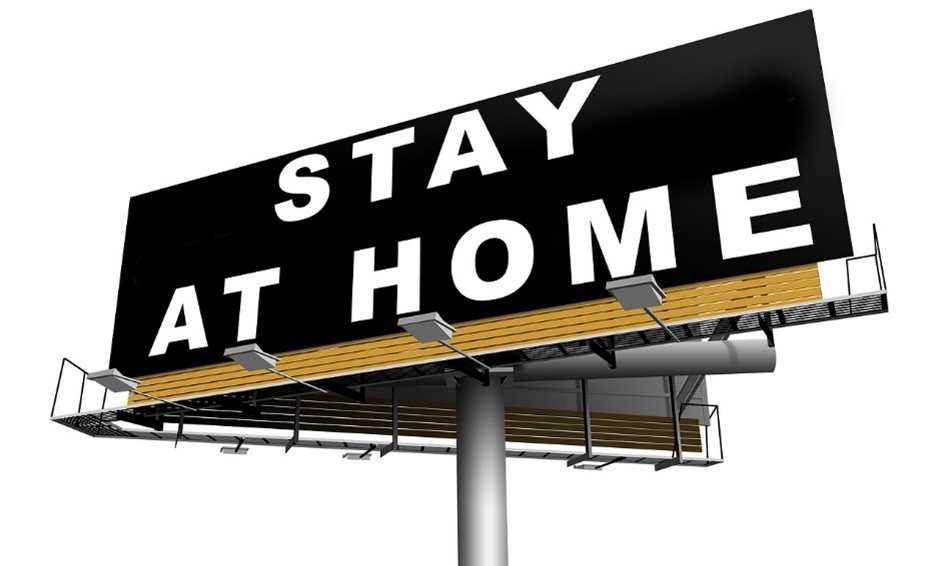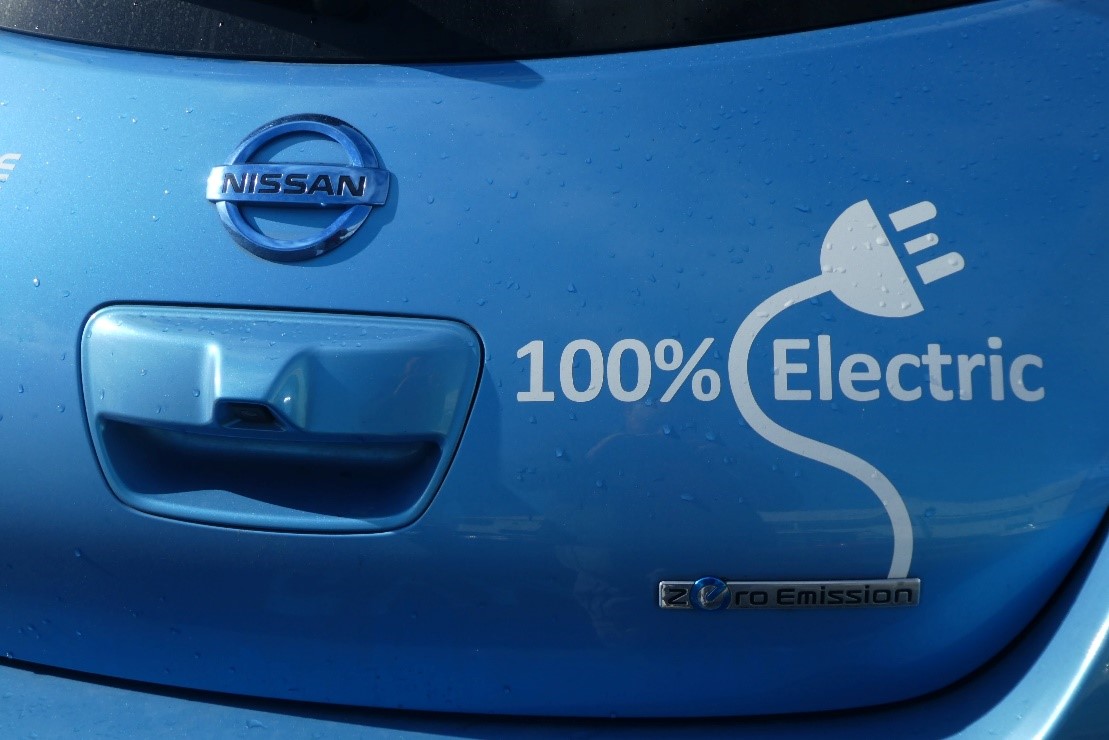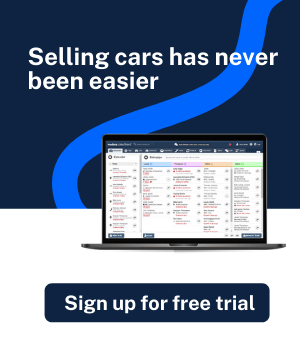Mark and John from „Talking Automotive with Mark and John” were joined by Brendon Green from Pickles Auction. This time the topic of discussion was the current trends of the used car market are.

Meet Brendon
Brendon Green is a true expert, when it comes to the used car market. There isn’t much he doesn’t know about the industry. Brendon has worked for Pickles Auction for the past 25 years. Currently he serves as the general manager of motor vehicles at Pickles Auction.
Used car market during the “old normal“
Before 2020 the trends of the used car market were fairly clear with seasonal highs and lows in the sales. The year used to start off with a competitive quarter from January through March. For some reason people generally like to update their cars during the first quarter of the year. The used car market has always been fairly strong during that time.
Traditionally the market starts to decline between Easter and June. There’s not a lot of buying activity during that time. Once June hits, many end-of-financial-year offers start popping up on the new car market.
The offers on the new car market put a pressure on the used car market. During June and July you’ll see the lowering of prices on the used car market as well. Starting from August, the used car market starts to gradually become stronger again. The prices get stronger until mid-December and start to tail off until the end of the year. In January the same cycle starts again.
In the beginning of the year, people have more free time on their hands. They get excited about the options on the market and come to kick the tires.

The change of the market in 2020
This year was slightly different from the beginning, even pre-COVID. Because of the bush fires in Australia, early January was slower than usual in the used car market.
From mid-January until March the used car market was really strong. The trend is, when the new car market is not doing too well, the prices on the used car market get inflated. People lean towards used cars making the market strong. That’s what happened this year, making the first quarter on the used car market very strong.
In mid-March, when the news about COVID started to spread, there was a swift change on the market. People became more concerned with buying toilet paper and not updating their Toyotas. That’s when the market saw a massive change.
The demand was low, as people were concerned about their health and safety. When people are worried about losing their jobs, updating the family car is not a priority.
V-shaped market
As the change in demand was massive and unexpected, the market had to react. Clearance rates dropped from 75% to 25%. The change in what the vehicles were selling for was huge.
This trend continued all through April until Easter. That’s when people started to wake up and try and continue their normal lives.
Dealers started to show more interest in used cars again as their enquires increased. Consumers started coming to the showrooms again and updating their cars. Until the end of May, there was a gradual increase in the activity from buyers every week.
Most used car prices returned to be equal to their pre-COVID prices by the end of May. The speed of recovery was quite surprising, as dealers assumed a longer recovery time.
Popular cars on the current market
The first segment to bounce back was the light commercial vehicle. Some of this can be attributed to the government stimulus and the instant tax write-off. Small cars segement was not too far behind.
After lockdown, consumers were not eager to take the public transport. Buyers leaned towards getting a smaller, more comfortable car. The financial state of consumers remained unsteady. They would rather spend less money on a vehicle, as long as it got the job done. Spending 12 000-15 000 AUD on a Corolla Yaris or a Mazda 3 was something they could jutify.
A few weeks later the passenger segment followed with getting back to pre-COVID prices. SUV sales were the last ones to recover.
Prestige and luxury car segments will probably be the very last to starti moving upwards again. During economically tough times consumers are more price-sensitive and careful with their money. By the end of the year we should see some high-end cars coming to the market with great prices. This happens when large entities collapse during a crisis.
As enquires for used cars increase during the ciris, the demand for new cars remains smaller.
When it comes to fuel types, there hasn’t been much of a change in demand. As people are less likely to take Ubers, hybrids were the only which became less popular during COVID. The demand for electric vehicles in the used car market has grown. Consumers are now starting to show more interest in them.

Who is buying cars?
On the back of the tax benefits, the used car market has seen a lot of tradees coming in and updating their cars. When dealers exited the market in March and April, this made room for consumers to come in. Thanks to that, the sales straight to consumers has doubled.
Independent dealers kept buying more than most of the franchise-based OEM dealers. They were less influenced by the economic state of the market. They were able to buy cars with exceptionally good prices and should be doing great now.
The franchisees and OEM-allied dealers started to really come back on the market about a month ago.
Migrating to diesel cars
During the past couple of years, the market has seen a shift towards diesel-fueled cars. The resell price of diesel cars has become higher compared to cars with other fuel types.
Consumers prefer diesel-fueled SUVs and light commercial cars. There sure to be a change in that demand at some point. The phasing out of diesel cars can happen once fleet managers and governments get their residuals right. This is likely to happen closer to 2030.
Rebound from the crisis
The used car market was most challenged during COVID in Tasmania. As the local market there is heavily tourism-based, the demand for cars went down drastically.
Sydney and Melbourne bounced back quick as the demand for vehicles remains strong. WA was not immune to the crisis, but their economy remained strong. The appetite from the dealers’ side was still good.
Queensland made a good recovery thanks to the interested dealers from Melbourne and Sydney.
The ability for states to bounce back relies heavily on the approach of the local government. Governments are working with local dealers finding ways to update the cars and keep the business going.
Some of the fleet companies wanted to meet the market through auctions. Others decided to utilize fixed pricing and some went for a mixture of both.
Rental car companies are figuring out what their fleet looks like. It will take longer for them to bounce back as demand will remain smaller for some time. Best way is to extend the life of their assets and sell some of the stock.
Repossessions
Banks have a lot of clients going through financial hardship. They have chosen not to repossess for the moment. Depending on how long the crisis lasts, we are likely to see repossessions later in the year. This will bring more luxury cars to the used car market with great prices.
What’s to come for the used car market?
As far as summer goes, lower volumes in used cars on the market are expected. Getting new cars from overseas will take time, so people will probably opt for used cars. This should keep the market strong and bring a slight increase in prices.
As long as the pandemic is under control, the market should become and stay fairly normal until the end of the year. The beginning of next year will hopefully bring further normalization.
Since people are not planning to vacation overseas, they’ve got a budget surplus. Some buyers are using that surplus to update their cars.
Dealers and auction companies focus on righ-sizing. It’s important to figure out, what is the demand on the market. Companies must know how many cars to put on sale and how much stock to carry.
Finding opportuinities in the used car market
New car sales are challenging at the moment and the best opportuinities will be found in used cars. If this has not been your focus so far, it is time to re-focus. During tough economic times, used car sales is where the biggest profits can be found.
Communicating with customers is key. Dealers must figure out what their customers need. Offers should be based on the demand from the customer side. It’s smart to stay open to partnerships as well.
Companies should utilize their data analytics teams to best analyze the market. Find out the biggest changes on the market and how to adapt to them. By sharing information with the customers, you’ll be able to get valuable feedback from them.
Holding on to Holden
The discontinuing of Holdens in Australia was announced right before COVID-19 hit. Yet, the Holden brand has recovered from the crisis as fast as other brands. Resale is doing good and the announcement doesn’t seem to have had much of an effect. The used car price for Holdens has remained stabile.
The demand for the ever-popular Holden Colorado has remained strong. Holden Caprice has been a good surprise, with demand being higher than anticipated. Following the announcement, people started to buy Holdens for their nostalgic value as well.
The demand is expected to lower once the Holdens on the market get closer to the warranty end dates. Depending on the model, it is still smart to buy a Holden car, which can be sold for good price in a few years.
When it comes to other brands leaving the Australian market, the success of those brands in the used car market depends mainly on the OEM. If the OEM is not present in Australia, it will be hard to get consumers excited about their products. People don’t want to buy cars if the service and parts support is not going to be there in the future.
The key to keeping those brands going strong in the used car market, is to guarantee the support from the OEM side. If the buyers feel secure about getting parts and service in the future, they’ll be more likely to still opt for those cars.
Conquer the used car market
As mentioned, the key to recovery post-pandemic lies in used cars. By adapting to the more price-sensitive consumer and focusing on used cars, OEMs and dealerships will see a fast recovery.
Get the customers’ feedback and give them what they need. You’ll be making the “new normal“ better than the “old normal“ ever was.


